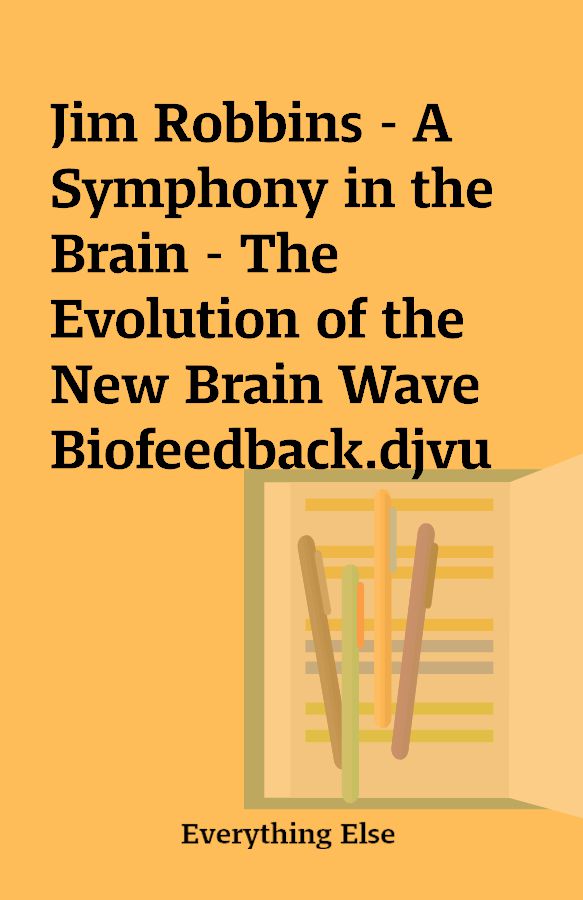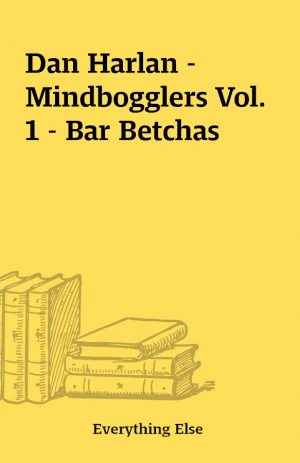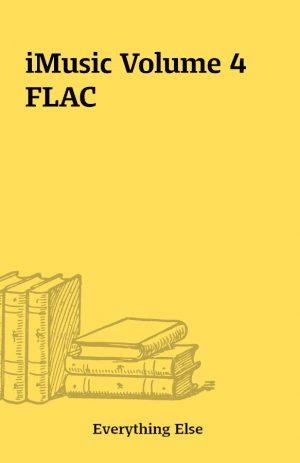Jim Robbins – A Symphony in the Brain – The Evolution of the New Brain Wave Biofeedback.djvu
Jim Robbins – A Symphony in the Brain – The Evolution of the New Brain Wave Biofeedback.djvu
[1 eBook – DJVU]
Description
Per request in the Neurofeedback/Biofeedback Foundations Course GB!http://www.amazon.com/dp/0802143814/Book DescriptionPublication Date: August 5, 2008A Newly Revised and Expanded EditionIn the decade since Jim Robbins’s A Symphony in the Brain was first published, the control of our bodies, brains, and minds has taken remarkable leaps. From neurofeedback with functional magnetic resonance imaging equipment, to the use of radio waves, to biofeedback of the heart and breath, and coverage of biofeedback by health insurance plans, the numerous advances have driven the need for a revised edition to this groundbreaking book that traces the fascinating, untold story of the development of biofeedback.Discovered by a small corps of research scientists, this alternative treatment allows a patient to see real-time measurements of their bodily processes. Its advocates claim biofeedback can treat epilepsy, autism, attention deficit disorder, addictions, and depression with no drugs or side effects; bring patients out of vegetative states, even improve golf scores or an opera singer’s voice. But biofeedback has faced battles for acceptance in the conservative medical world despite positive signs that it could revolutionize the way an incredibly diverse range of medical and psychological problems are treated. Offering a wealth of powerful case studies, accessible scientific explanations, and dramatic personal accounts, Robbins remarkable history develops our understanding of this important field.Editorial ReviewsAmazon.com ReviewCan you fix your own neurologic problems without resorting to drugs? Science writer Jim Robbins suggests that some such conditions–like epilepsy, autism, and depression–could yield to a recently developed technique called neurofeedback. His book A Symphony in the Brain describes the process, its evolution from the 1970s fad of biofeedback, its practitioners, and some of its success stories. Using computers to quickly provide information on real-time EEG, practitioners train patients to control global or local brain states–or so the theory goes. Unfortunately for its proponents, there are still no rigorous research data showing conclusive results. Robbins makes a good case that the lack of research is due more to scientific turf battles and a drug-dependent medical establishment than to any fault of neurofeedback. Some of the case studies he explores, of children and adults brought out of comas or trained to reduce their epileptic seizure frequency, suggest that we ought to look more deeply and rigorously into the technique. Whether it works can only be determined by controlled studies, which may be forthcoming. In the meantime, Robbins provides contact lists and additional research information for interested readers, as well as the inspiration to pursue a potentially life-saving treatment. –Rob Lightner –This text refers to an out of print or unavailable edition of this title.From Publishers WeeklyIf you thought biofeedback was a passing fad, freelance journalist Robbins will enlighten you. Far from a 1970s fringe treatment, neurofeedback (as it has been renamed) is being used to treat everything from autism and fetal alcohol syndrome to attention deficit disorder, manic-depression, stroke and menopausal symptoms. Despite numerous accounts of dramatic improvements of patients afflicted with a wide variety of conditions, the pharmaceutically oriented medical community is only now beginning to acknowledge its effectiveness. The treatment has been marginalized all these years because, like acupuncture, researchers don’t understand exactly how it works. Robbins details the fascinating medical history of the therapy, tracing it back to French physician Paul Broca’s discovery of the region in the brain where speech originates. At the heart of this riveting story are the people whose lives have been transformed by neurofeedback, from the doctors and psychologists who employ it to the patients who have undergone treatment. Robbins introduces Dr. Barry Sterman, whose 40 years of research supports the use of neurofeedback to treat epilepsy; Jesse DeBoer, who was born with severe brain damage and can now, at 19, function on the level of a learning-disabled person; and school principal Linda Vergara, who teaches grade school students to train their brains instead of using Ritalin to treat attention deficit disorders. Here, too, are the conflicts that have both enlivened neurofeedback and limited its use, much of which Robbins attributes to a lack of funding as he emphatically defends this promising treatment. (May)Copyright 2000 Reed Business Information, Inc. –This text refers to an out of print or unavailable edition of this title.Product Details Paperback: 272 pages Publisher: Grove Press; Revised Edition edition (August 5, 2008) Language: English ISBN-10: 0802143814 ISBN-13: 978-0802143815
You must be logged in to post a review.






Reviews
There are no reviews yet.